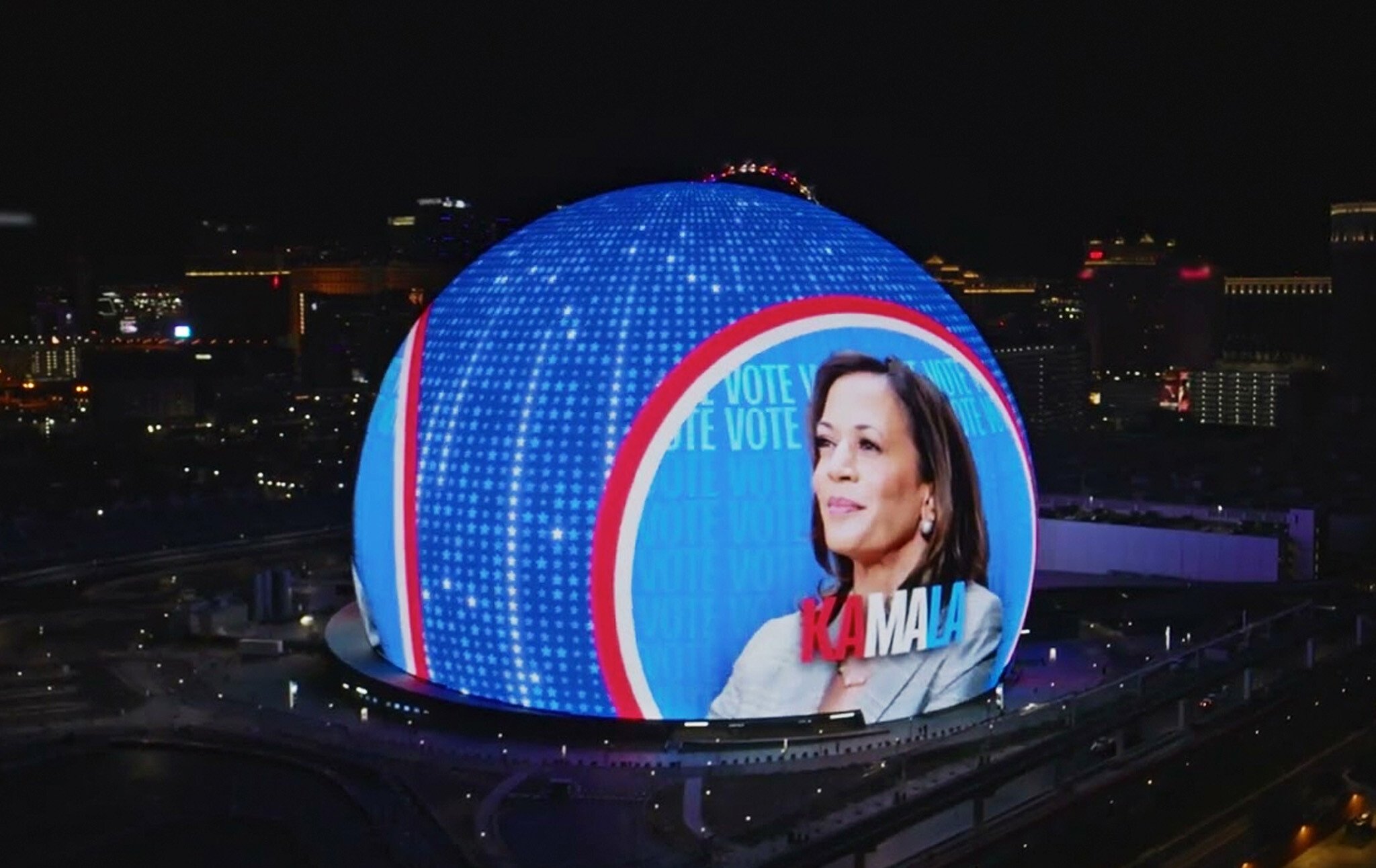Since Kamala Harris’s catastrophic electoral defeat last month—the first time since 2004 that the Republican candidate has gotten the most votes in a U.S. election—a lot of criticism has been focused on the campaign’s message. That criticism is warranted, and long before Election Day, this publication had been among those warning that Harris was failing to effectively counter Trump’s populist appeal. But a campaign is not just a candidate and a message. It is also an organization, one with a budget and staff that makes decisions about actions that can be taken to transmit the message and convince people to turn out for the candidate. And any election postmortem needs to analyze Harris’s operation in addition to her words.
The New York Times, for instance, has reported that even as the Harris campaign splurged on celebrity-filled events (including paying Oprah’s production company $1 million), in Philadelphia, many of the field offices “were filthy and lacked basic supplies like tables, chairs, cleaning products and printers, staff members said,” with city campaign staffers “being forced to raid the campaign’s better-stocked suburban offices or to raise money independently.” That is when they even had field offices, and in many predominantly Black neighborhoods “campaign staff members were operating out of public parks, grocery-store parking lots and church basements.” A volunteer told the Times: “There were no yard signs, there was no visibility, there were no T-shirts… There was nobody handing out literature. There were no bumper stickers. There was no sign that we were in the fight of our lives in the most important city in a presidential campaign.”
Even when there were T-shirts, they could be slapdash (one box of them said “Harriz-Walz”). A “get-out-the-vote bus tour for [Pennsylvania’s] Black mayors” had its funding pulled without explanation. The head of a pro-Harris group “recounted frantic campaign staff members in Philadelphia, Detroit and North Carolina calling him in the final weeks of the race to say they did not have enough money to provide food or water to volunteers.” In Georgia, a county party chair “said the Harris campaign’s get-out-the-vote operation had been nonexistent, even as he had pleaded for resources.” Black staff members reportedly felt that the Black vote was being taken for granted, and when they aired their complaints in a post-election call, Harris’s deputy campaign manager “told staff members that talking to the press would ruin their career prospects.” There appears to have been racism in the allocation of resources, with the campaign deliberately choosing to more heavily fund operations in white suburbs and neglecting Black urban centers. (Perhaps on the theory that the Democrats had already successfully appeased Black voters by selecting a Black woman.) Organizers “said they were told not to engage in the bread-and-butter tasks of getting out the vote in Black and Latino neighborhoods” and instead were turned “into glorified telemarketers.” As a result, Harris staffers resorted to going rogue and setting up their own unauthorized operations in a desperate attempt to get out the Black vote.
Some of this seems to have been simply bad decision-making. Harris made the same error that Hillary Clinton did in 2016, deploying resources in states like Texas that she was clearly not going to win that could have instead been used in states she desperately needed to win. “We spent money in stupid ways because we had a really bad strategy,” a former DNC consultant told Puck. They even bought an expensive TV ad in Florida, a state Harris knew she wouldn’t win, just to “troll” Donald Trump. Other aspects make the Harris campaign look like little more than a multi-level marketing scheme. For instance, they spent “$111 million in online ads seeking donations,” in other words ads asking for money to pay for more ads asking for money! I was struck over this campaign season by how many texts I got just pleading with me urgently to SEND MORE MONEY. I never did, even though I did not want Trump to win the election, because I had zero confidence that the money would actually end up being spent on anything useful. Turns out, this lack of confidence was fully justified, because your donation might well have gone to a drone show production company, or Oprah’s staff, or to pointlessly build a set for a podcast (which reportedly cost $100,000 yet had “cardboard walls,” raising the question of who got the money), or just toward sending you even more texts. What it did not go toward, apparently, was adequately funding field offices in Black neighborhoods.
…All they know how to do is demand money and spend it on nonsense, like a big light-up sphere or a concert with celebrities. It is not quite a scam on the level of Bernie Madoff or the crypto industry, but it is certainly a kind of fraud, because it relies on convincing good people to part with their money, thinking they are paying for one kind of thing when they may in fact be paying for something they wouldn’t want to fund if they understood where the money goes. It’s deceptive and wrong, and I suspect we haven’t heard the last of the damning reports about how spectacularly this campaign failed.
P.S.: Sabby Sabbs discussed this article, so I decided to share it with y’all.
How much is this just an article to distract us from the real problems at hand?
I thought it was really well done.
The duopoly is the problem; this article is pointing out what the Blues continue to do wrong.
The real problems at hand are the identity politics and culture wars used by politicians and the establishment to continue dividing the working class.
Workers must come together and stop letting ourselves be divided by the owner class and their lackeys.
"No War but Class War!”
You need to be specific when you say “come together”. Because you sound very full of thoughts and prayers.


